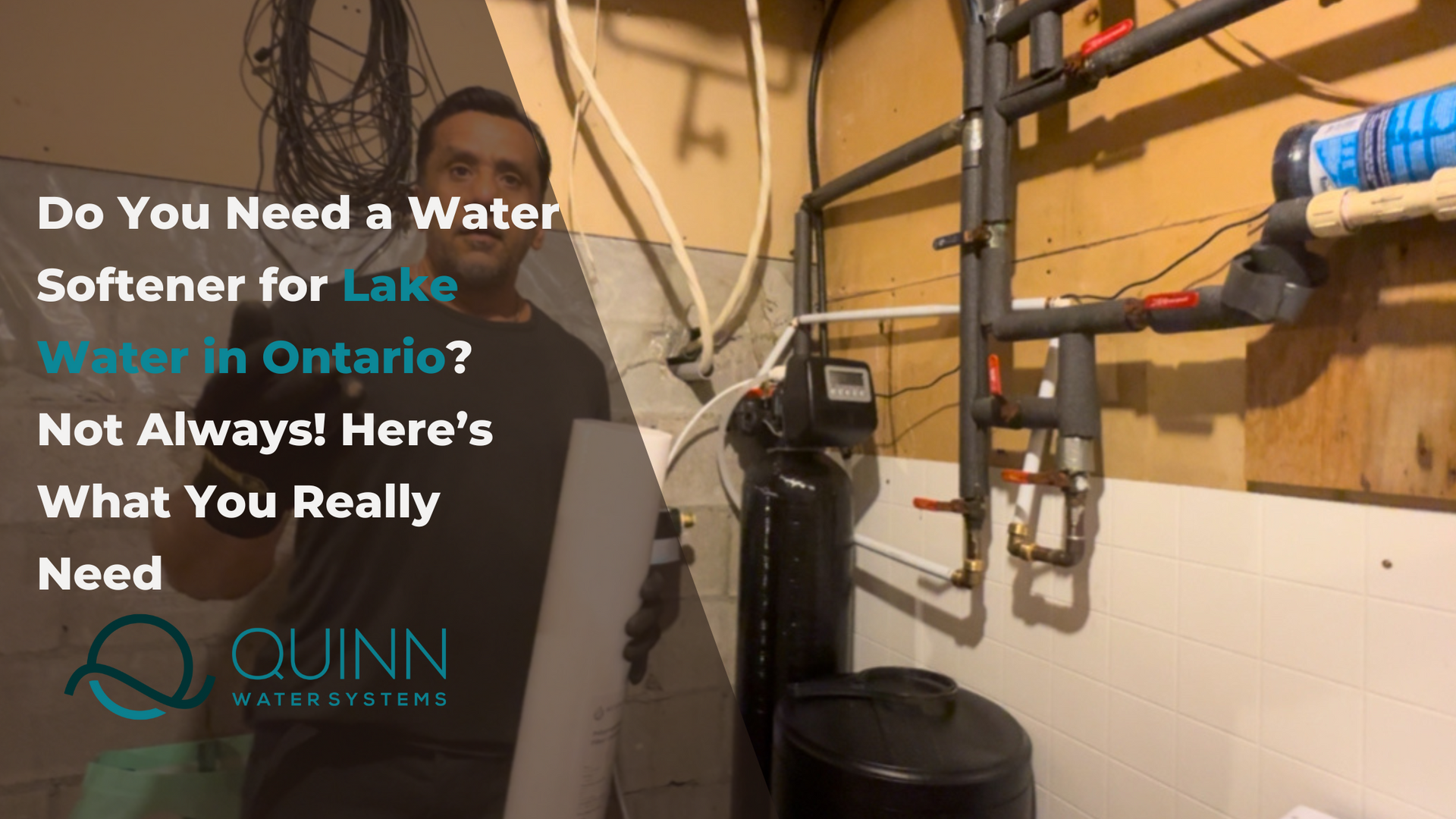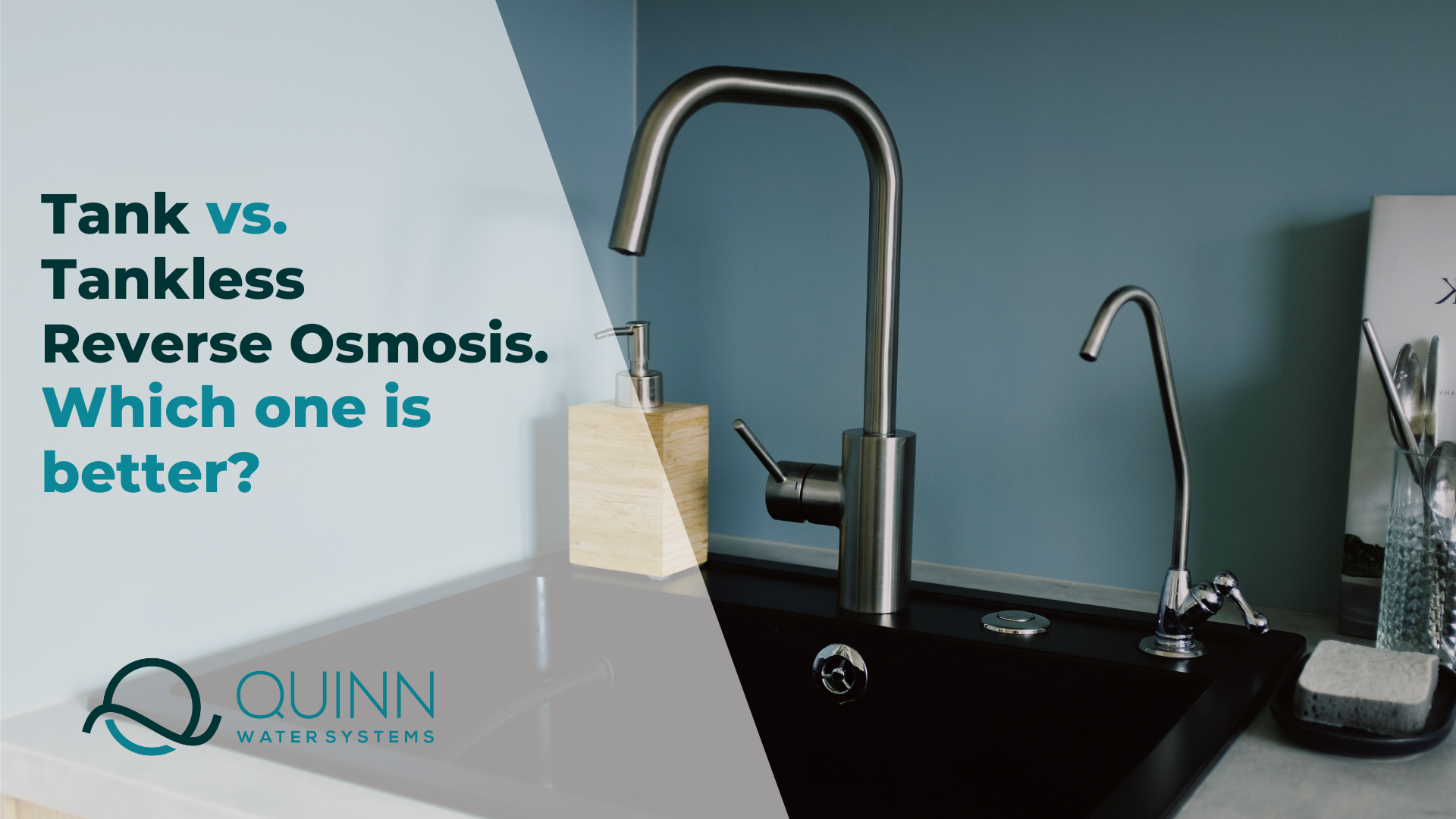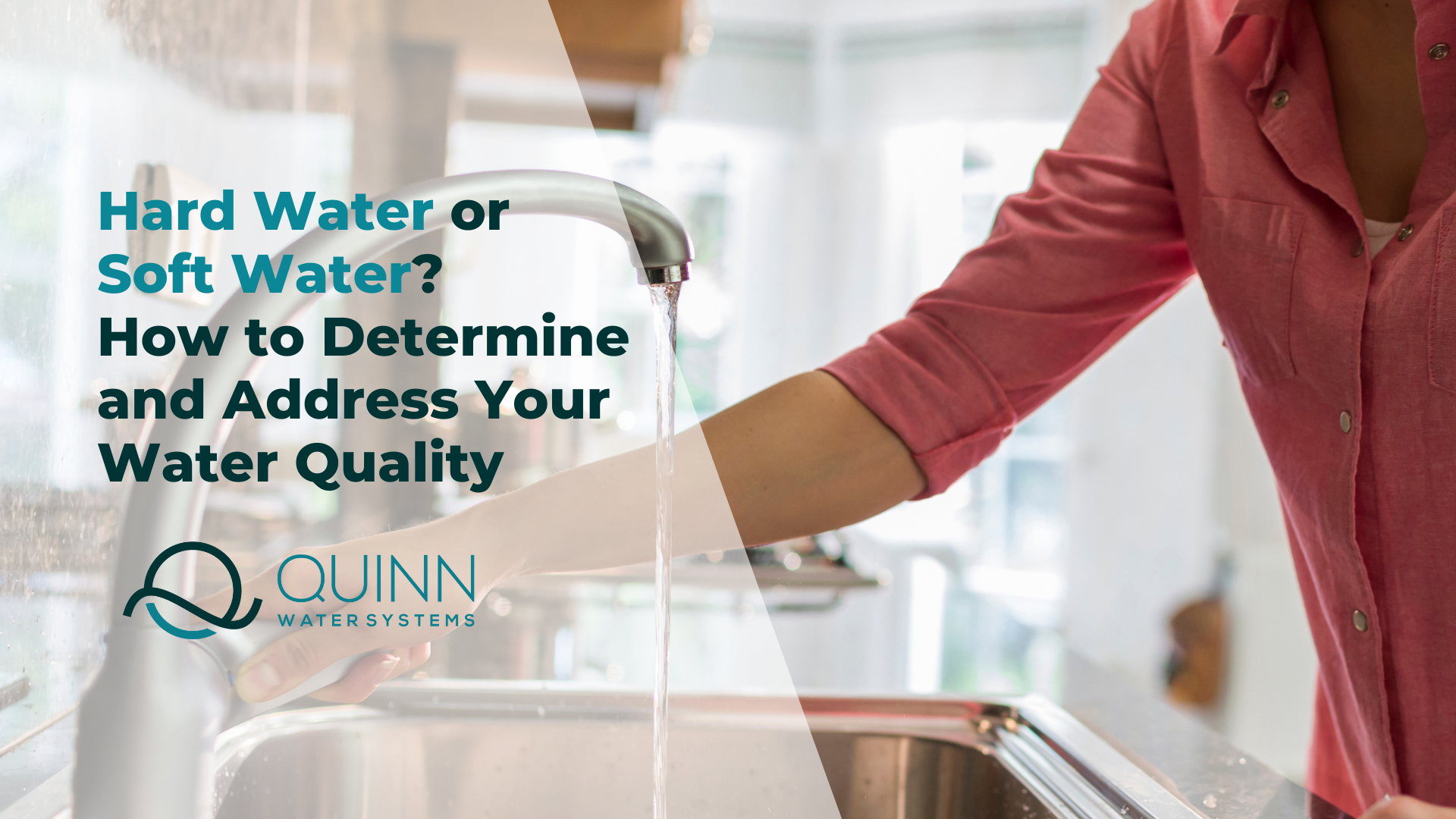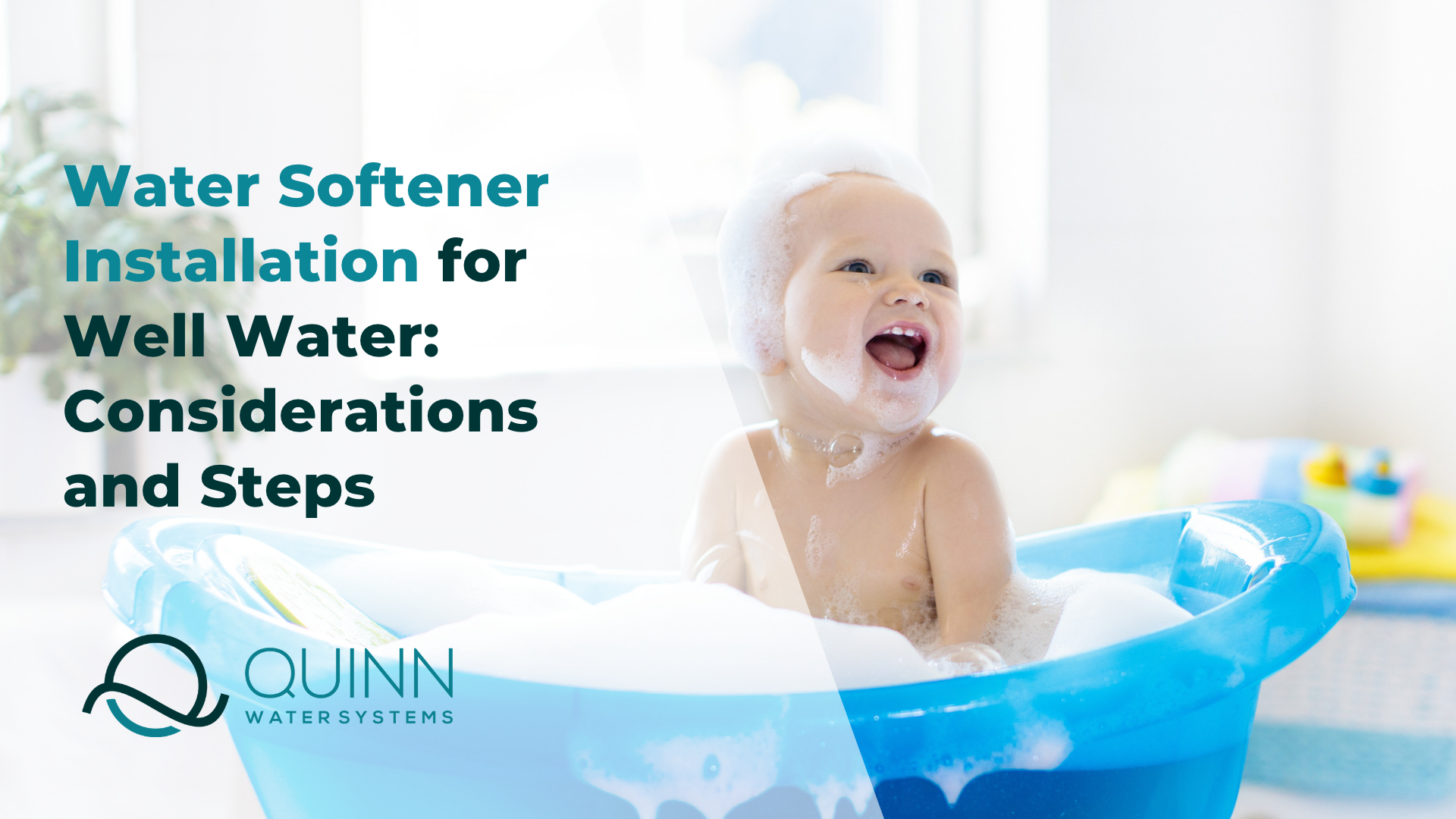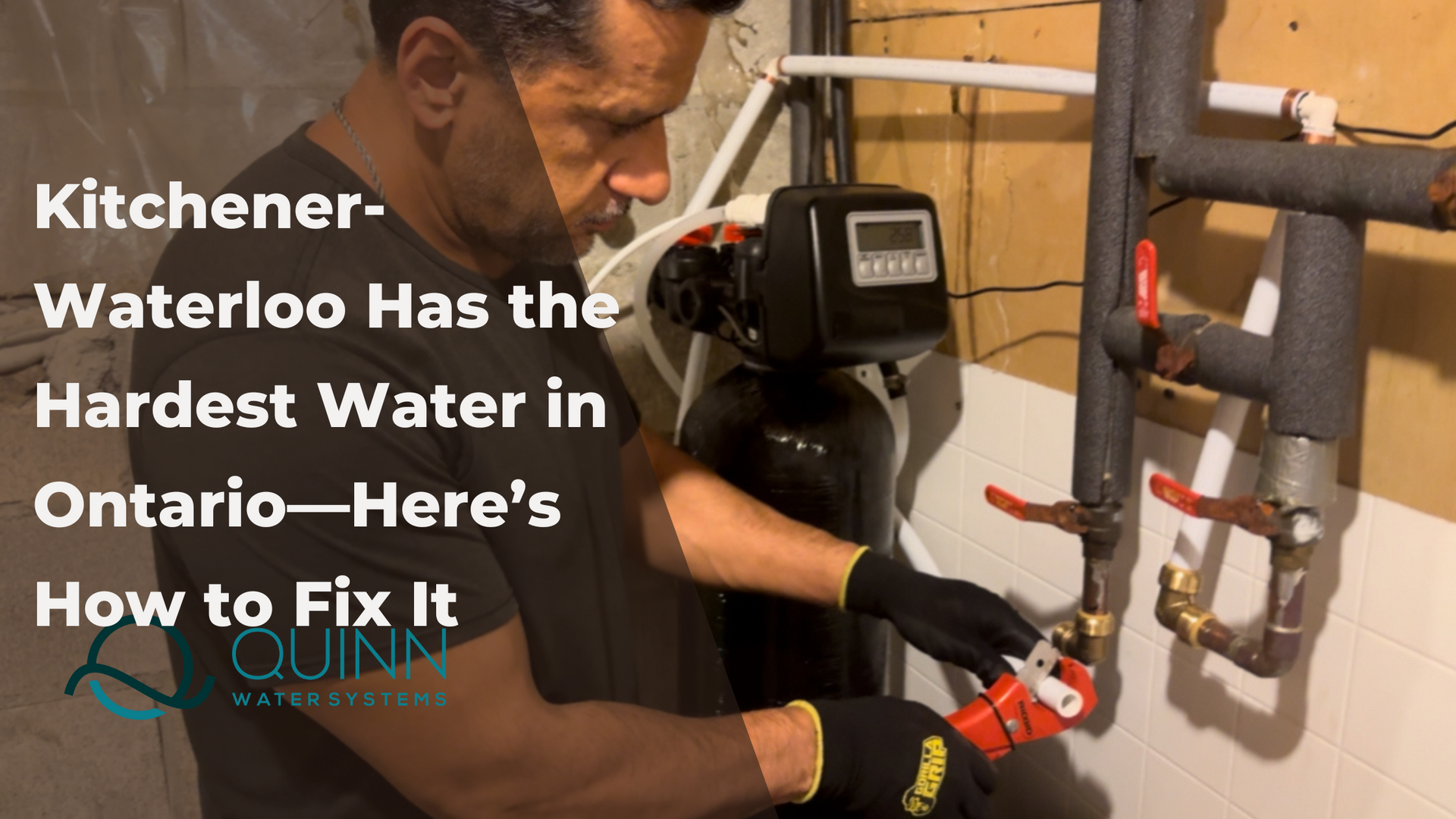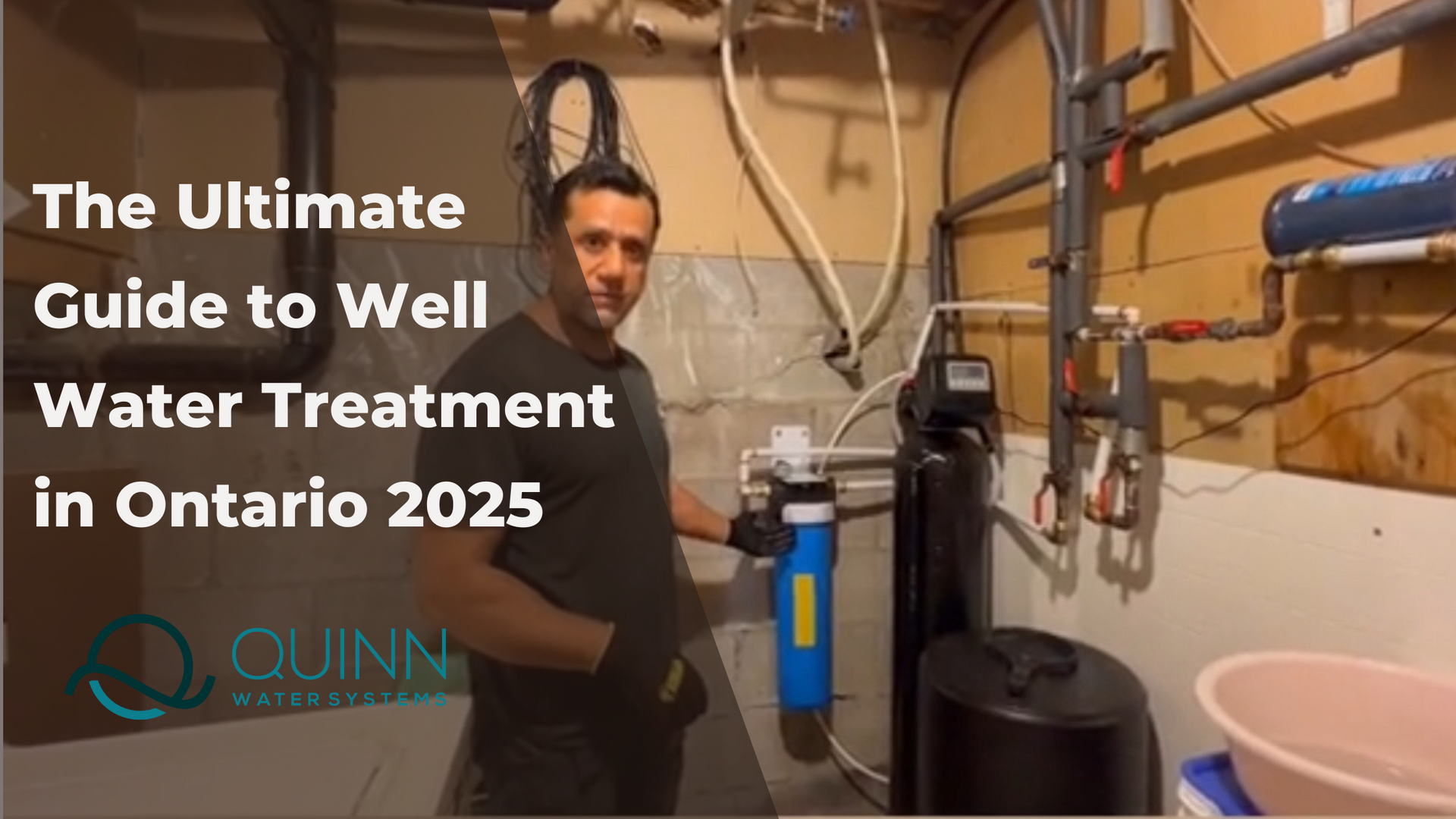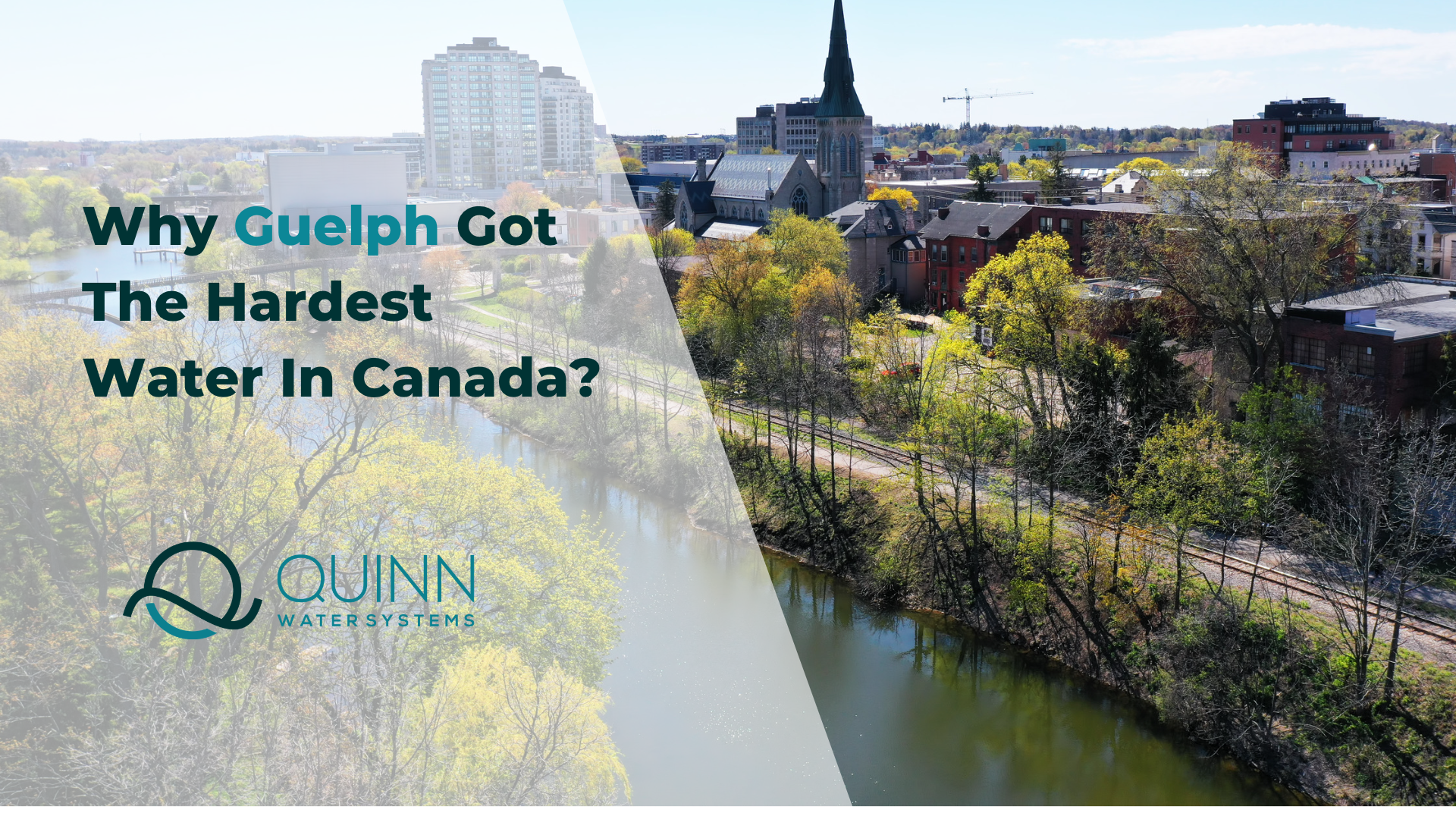Why is my Water Softener not Generating?
If you live in Ontario, chances are you have a Water Softener to combat the effects of hard water. However, what happens when your water softener suddenly stops generating soft water? It can be frustrating to deal with, especially if you rely on soft water for everyday tasks like laundry and dishwashing. In this blog post, we'll explore some common reasons why your water softener may not be generating soft water, and provide some tips on how to troubleshoot the issue. By the end of this post, you'll have a better understanding of how your water softener works and what you can do to ensure it's operating at peak performance.
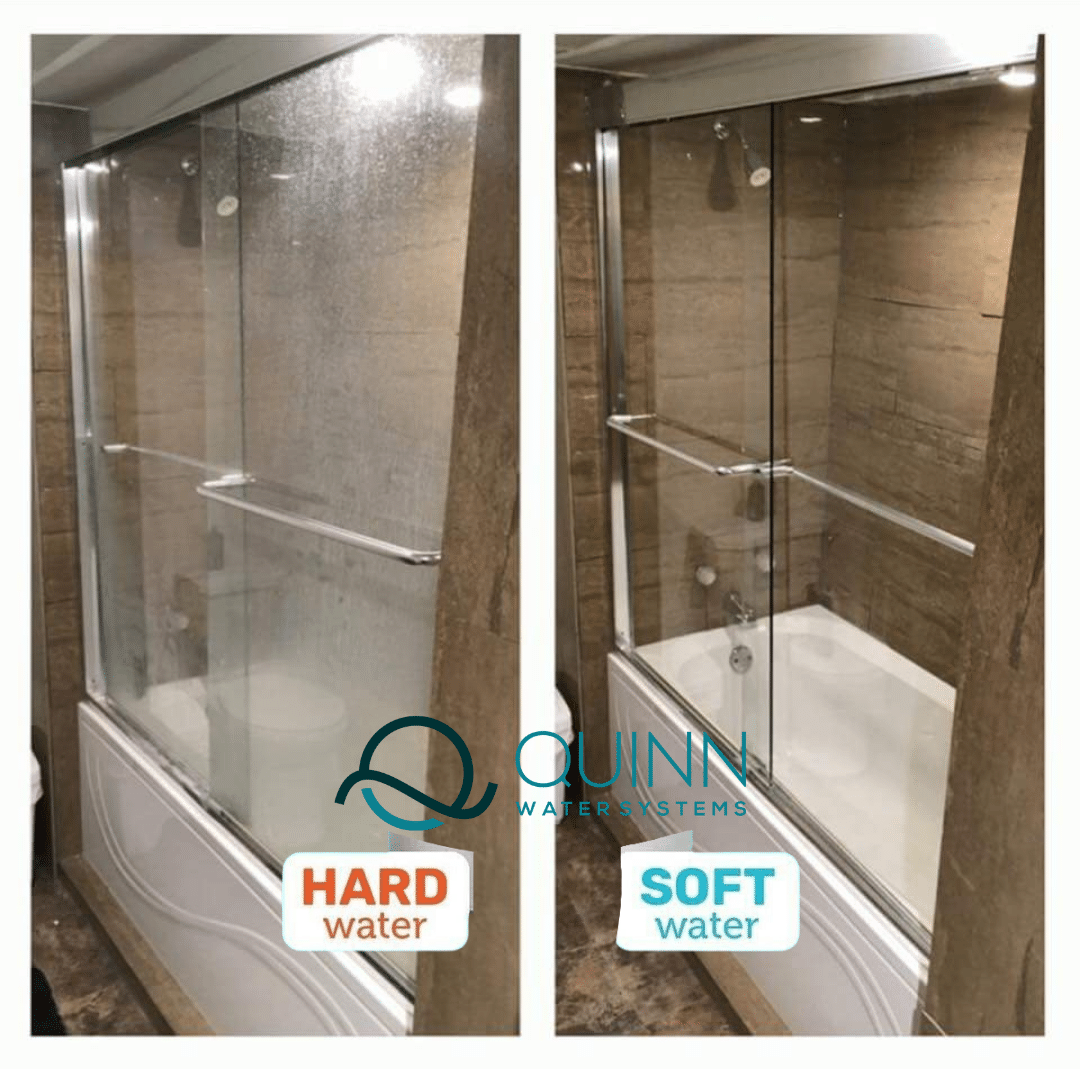
How Does a Water Softener Work?
In order to understand why your water softener may not be generating, it is important to first understand how a water softener works. Water Softeners use a process called ion exchange to remove hard water minerals, such as calcium and magnesium, from your water supply. This is achieved through the use of resin beads in the water softener tank, which are charged with sodium ions. As hard water passes through the resin beads, the calcium and magnesium ions are exchanged with the sodium ions, effectively softening the water.
However, over time, the resin beads become saturated with hard water minerals and need to be regenerated. This is where salt comes into play. During the regeneration cycle, a brine solution is flushed through the resin tank, causing the resin beads to release the hard water minerals they have collected and replace them with sodium ions from the salt. It is this regeneration process that allows your water softener to continue generating soft water.

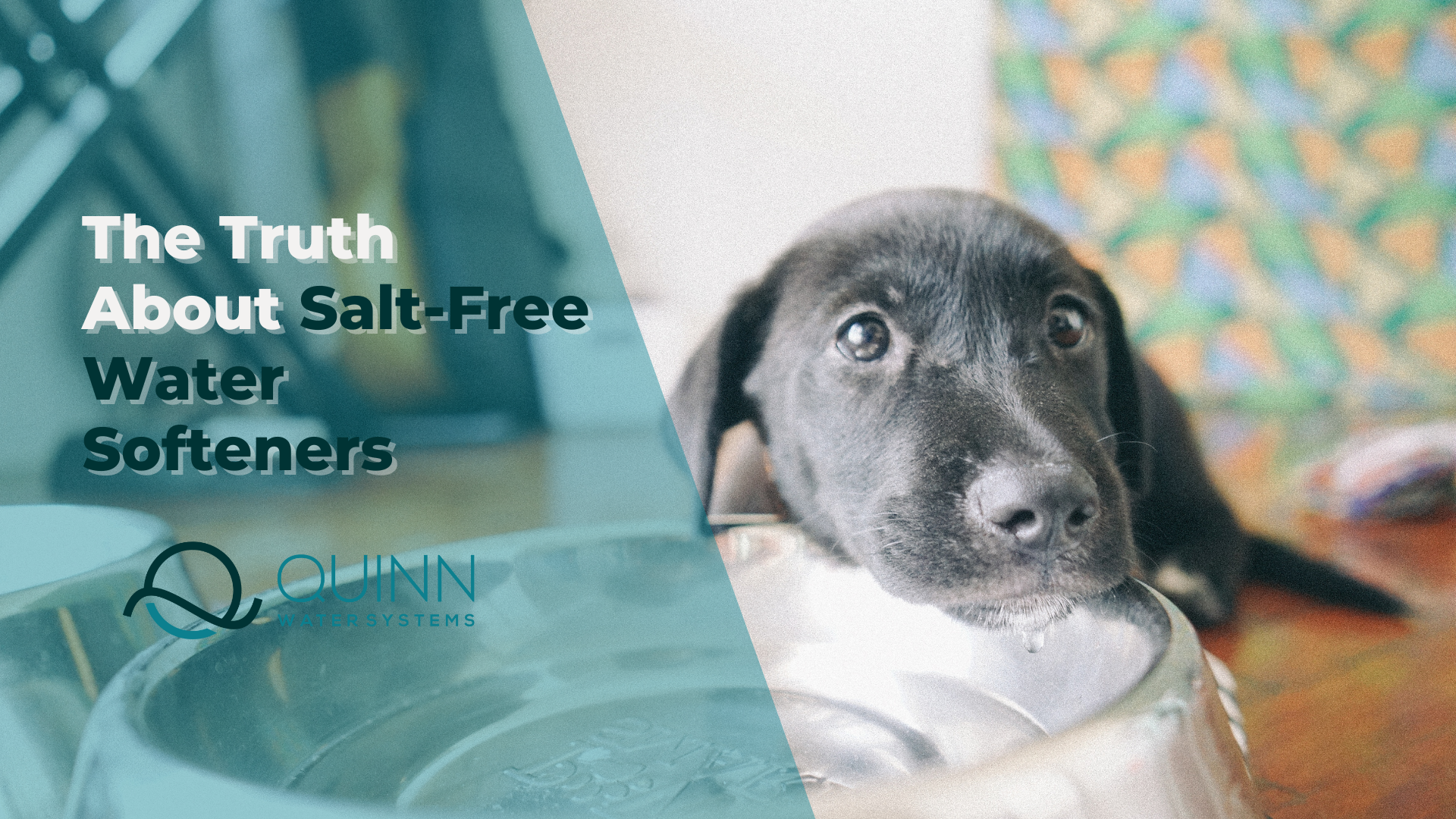
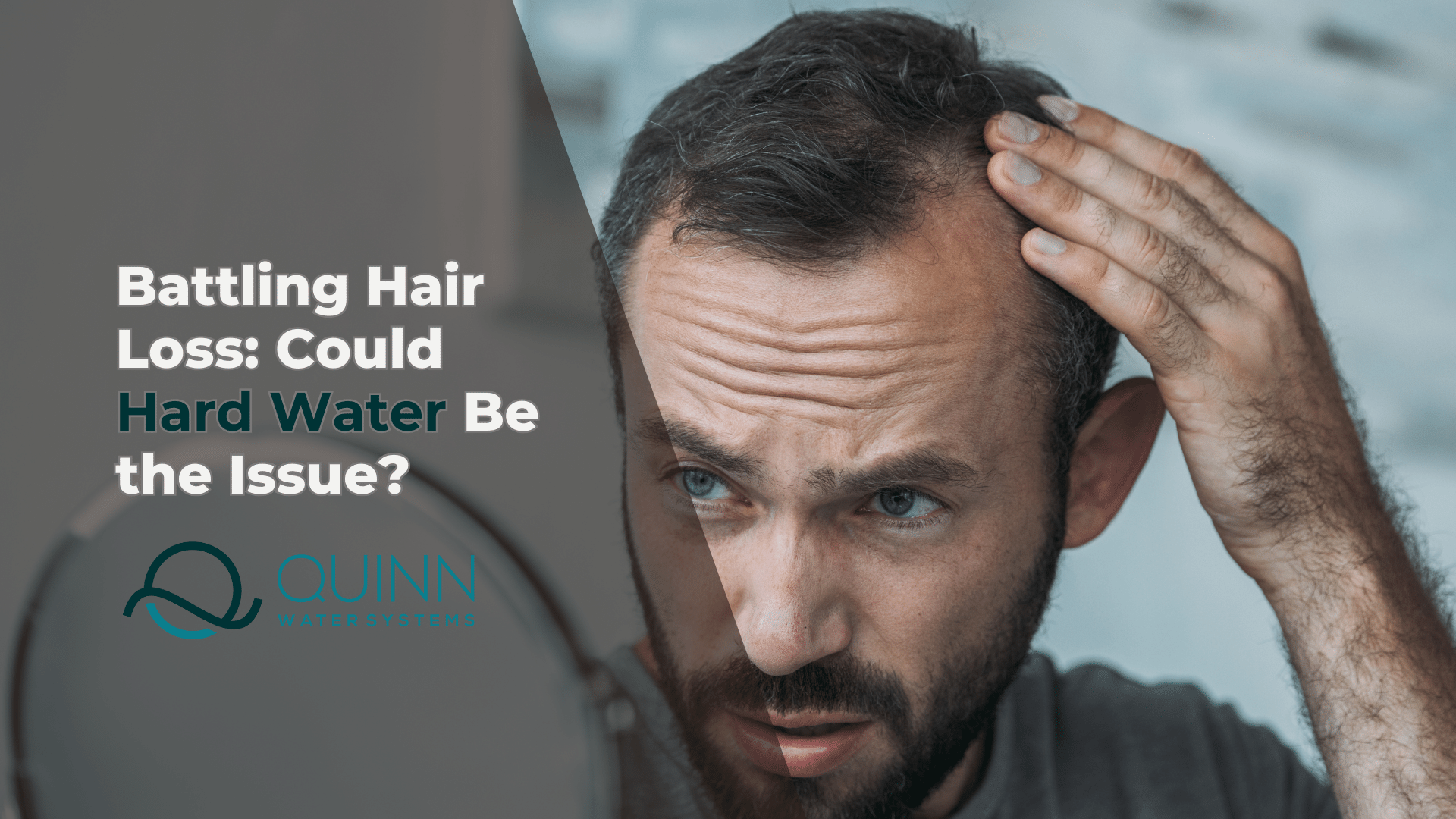
Common Causes of Water Softener Not Generating
If you notice that your water softener is not generating soft water, there could be several reasons for this issue. Here are some of the most common causes:
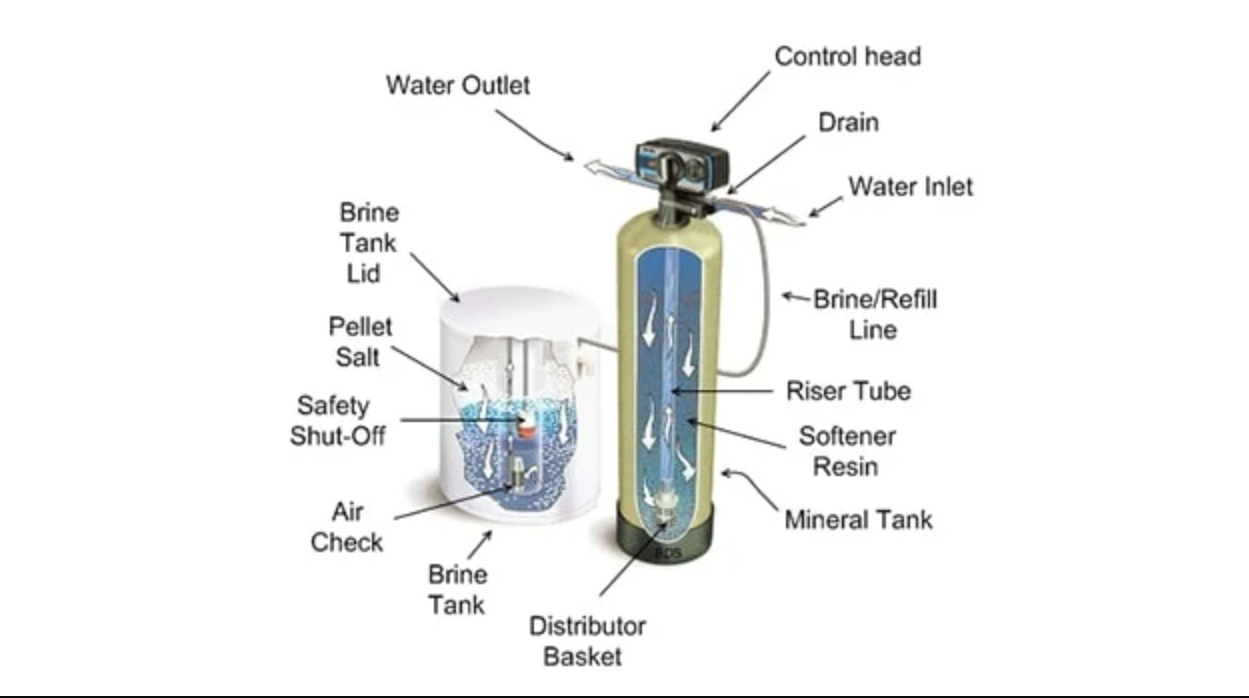
Lack of power or malfunctioning control valve
One of the most common reasons for a water softener not generating is a lack of power or a malfunctioning control valve. The control valve is responsible for directing water flow through the resin tank during the ion exchange process. If the valve is faulty or not receiving power, the regeneration cycle may not initiate.
Salt bridging or mushing
Another common cause of water softener malfunction is salt bridging or mushing. Salt bridging occurs when a hard crust forms over the salt in the brine tank, preventing water from dissolving the salt and creating the brine solution needed for regeneration. Mushing is a similar issue where a salt sludge forms in the bottom of the tank, blocking the brine line and preventing regeneration.
Clogged resin bed
Over time, the resin beads in a water softener can become clogged with sediment or iron particles, reducing their ability to remove hard water minerals. A clogged resin bed can lead to a reduction in water flow and an inefficient ion exchange process.
Incorrect settings or programming
Incorrect settings or programming on your water softener can also prevent it from generating soft water. For example, if the regeneration cycle is set to run too frequently or not frequently enough, the softener may not be able to effectively remove hardness from the water.
By identifying the cause of the problem, you can troubleshoot the issue or contact a professional to help you fix it.
Troubleshooting Tips for Water Softener Not Generating
Now that we've covered some common causes of water softener malfunctions, let's explore some troubleshooting tips to get your system back on track before calling a water professional.
Check Power Source and Circuit Breaker
If your water softener isn't generating, the first step is to check the power source and circuit breaker. Make sure the unit is plugged in and receiving power, and that the circuit breaker hasn't been tripped.
Inspect Control Valve and Motor
If the power source and circuit breaker are working correctly, the next step is to inspect the control valve and motor. Check for any signs
of damage or wear and tear, and ensure that the valve is functioning correctly.
Clear Salt Bridging or Mushing
If your water softener is experiencing salt bridging or mushing, the salt tank may need to be manually cleared. Use a broom handle or similar tool to break up any hard crust or sludge in the tank, and then add fresh salt.
Clean or Replace Clogged Resin Bed
If your resin bed is clogged with sediment or iron particles, you may need to clean or replace the resin beads. Consult with a professional first.
When to Call a Professional
While troubleshooting can be effective in resolving some issues with a water softener not generating, there may be instances where professional assistance is necessary. Consider calling a water treatment expert in the following scenarios:

Persistent issues
If the problem with the water softener not generating persists even after troubleshooting, it's likely time to call a professional. They can diagnose the issue and provide a solution that is tailored to your specific system.
Lack of knowledge or experience
If you're not familiar with the inner workings of a water softener or don't have experience in troubleshooting and repairing such systems, it's best to leave it to the professionals. Attempting DIY repairs without proper knowledge or experience can result in further damage and costly repairs.
Warranty coverage
If your water softener is still under warranty, attempting DIY repairs or hiring an unqualified technician can void the warranty. It's best to contact the manufacturer or a qualified professional to ensure that any repairs are covered under warranty.
In any of the above scenarios, it's important to contact a reputable water treatment expert. Look for professionals with experience and certifications in water treatment and a track record of excellent customer service.
Conclusion
A water softener not generating can be frustrating, but with a basic understanding of how the system works and some troubleshooting tips, it's possible to identify and resolve common issues. However, in some cases, it's best to leave it to the professionals to avoid further damage or voiding the warranty. Remember to always consult a reputable water treatment expert for any issues with your water softener.
Contact Us
Blog Posts


Share this blog
Blog Posts
